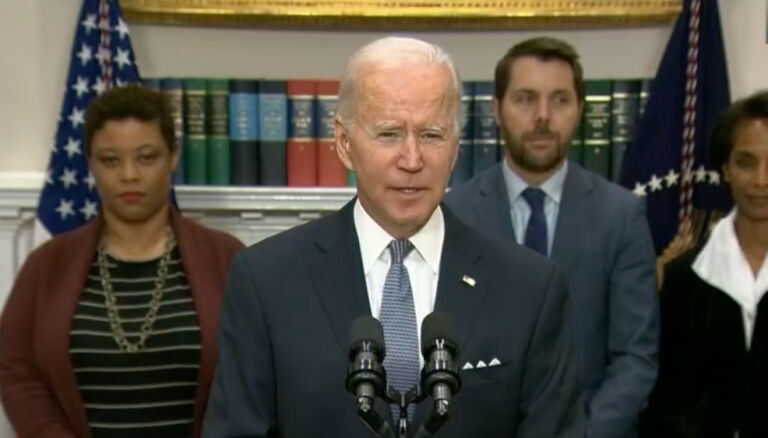Nicole Gelinas writes for City Journal about an interesting contrast between Starbucks and fast-food restaurant chains.
Starbucks is closing locations across the country, including in Washington’s Union Station—not because any worker has been killed recently, thankfully, but because of rampant disorder. The different corporate reactions offer a parable for our times: poorer people stuck living and working in increasingly dangerous inner-city neighborhoods suffer far more than the affluent newcomers who can come and go at will. Unlike McDonald’s, Starbucks could afford to support progressive policies a few years back because it knew that leaving was an option if things got rough. …
… [F]ast-food restaurants in New York’s deteriorating residential minority neighborhoods and its troubled central business district are the scenes of increasingly dysfunctional and violent behavior. …
… But McDonald’s, Burger King, and the like are staying put. They need to: minority neighborhoods are a critical part of their business models. They can increase worker training and hire even more security, but they can’t afford to run away. They must stay where their customers are.
Contrast that outlook to that of Starbucks. It is a fast-food chain, of sorts, but its model is the near opposite—based not on cheap, standardized burgers and fries eaten fast, but on expensive, customized cups of coffee, often consumed at a leisurely pace by customers on site. A Starbucks location needs a stream of customers willing to pay $6 for a latte. …
… At the worst locations, Starbucks’s answer isn’t to harden its security measures but to flee. It recently announced the closure of 16 stores, including locations in Portland, Seattle, L.A., and Philadelphia, because of rampant disorder and crime. …
… Starbucks was so naïvely progressive back then in part because it could afford to be. Unlike McDonald’s and its customers and workers, it can follow its wealthy patrons out of marginal, once-gentrifying areas and crime-and disorder-plagued downtowns.


